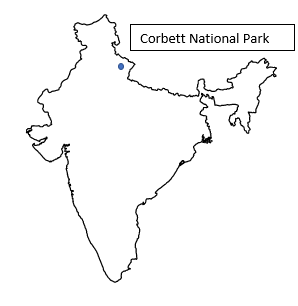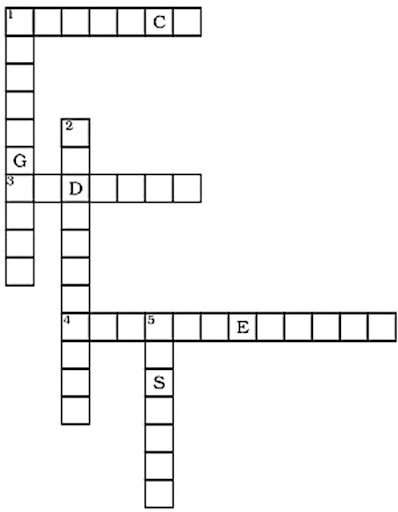Science Class 8 Chapter 5 Questions and Answers - Free PDF Download
FAQs on NCERT Solutions For Class 8 Science Chapter 5 Conservation Of Plants And Animals - 2025-26
1. Where can I find reliable, step-by-step NCERT Solutions for Class 8 Science Chapter 5 for the 2025-26 session?
You can find accurate and easy-to-understand NCERT Solutions for Class 8 Science, Chapter 5, 'Conservation of Plants and Animals,' right here. These solutions are prepared by subject experts and follow the latest CBSE guidelines for the 2025-26 academic year, covering all the in-text and exercise questions.
2. How do the NCERT solutions explain the difference between a wildlife sanctuary and a national park?
The NCERT solutions for Chapter 5 clarify this key difference. A wildlife sanctuary primarily protects animals in their natural habitat, allowing some limited human activities. In contrast, a national park provides more comprehensive protection for the entire ecosystem—including flora, fauna, and historical landscapes—where most human activities are strictly prohibited.
3. What is the correct way to answer the NCERT question about 'endemic species'?
To answer the question correctly as per the CBSE pattern, you should state that endemic species are those species of plants and animals that are found exclusively in a particular geographical area. The NCERT solutions highlight examples like the sal and wild mango, which are endemic to the Pachmarhi Biosphere Reserve. Including a specific example is key to a full-marks answer.
4. How should I list the causes of deforestation for the question in the Class 8 NCERT textbook?
When solving the NCERT exercise on deforestation, you should list the main causes clearly. These include:
- Procuring land for agriculture and cultivation.
- Building houses and factories for a growing urban population.
- Using wood as fuel or for making furniture.
- Natural causes like severe droughts and forest fires.
5. How is the 'Red Data Book' explained in the NCERT solutions for this chapter?
The NCERT solutions explain that the Red Data Book is the official sourcebook that maintains an international record of all endangered animals and plants. It serves as a crucial tool for tracking species that are at a high risk of extinction and helps in directing conservation efforts effectively.
6. Why is it important to properly solve the questions on the consequences of deforestation, not just memorise them?
Properly solving these questions is crucial because it helps you understand how a scientific concept connects to real-world environmental problems. The consequences, such as global warming, soil erosion, and desertification, show how local actions can have widespread negative effects. Understanding this logic is more important than just memorising the points for an exam.
7. The NCERT solutions mention 'Project Tiger'. Why was a special project needed just for tigers?
The solutions highlight 'Project Tiger' as a key example of a species-specific conservation program. Tigers are an endangered species in India whose population was decreasing sharply due to poaching and habitat loss. The project was launched to focus efforts on protecting them, showing that sometimes a targeted strategy is necessary to save a species from the brink of extinction.
8. How does a 'biosphere reserve' connect the ideas of conserving plants, animals, and tribal life together?
A biosphere reserve is a very broad conservation area. As the NCERT solutions explain, its purpose is to conserve the total biodiversity of a region. This includes not just the plants (flora) and animals (fauna), but also the traditional lifestyle of the tribal people who live there, showing that effective conservation involves protecting both nature and culture.
9. The chapter solutions discuss recycling paper. How does this simple action actually help in conserving forests?
Recycling paper directly aids forest conservation by reducing the demand for new trees to be cut down. As the NCERT solutions imply, it takes about 17 full-grown trees to produce one tonne of paper. By recycling paper, we save these trees, and also conserve the large amounts of energy and water required for the manufacturing process.




























